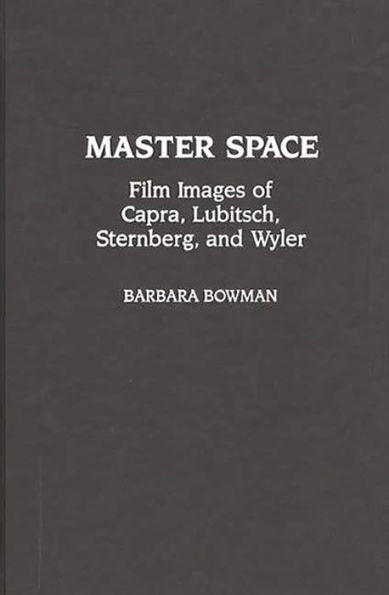5
1
9780313280269


Master Space: Film Images of Capra, Lubitsch, Sternberg, and Wyler available in Hardcover

Master Space: Film Images of Capra, Lubitsch, Sternberg, and Wyler
- ISBN-10:
- 0313280266
- ISBN-13:
- 9780313280269
- Pub. Date:
- 05/12/1992
- Publisher:
- Bloomsbury Academic
- ISBN-10:
- 0313280266
- ISBN-13:
- 9780313280269
- Pub. Date:
- 05/12/1992
- Publisher:
- Bloomsbury Academic
55.0
In Stock

Product Details
| ISBN-13: | 9780313280269 |
|---|---|
| Publisher: | Bloomsbury Academic |
| Publication date: | 05/12/1992 |
| Series: | Contributions to the Study of Popular Culture , #31 |
| Pages: | 192 |
| Product dimensions: | 6.00(w) x 9.00(h) x 0.56(d) |
| Lexile: | 1360L (what's this?) |
About the Author
From the B&N Reads Blog
